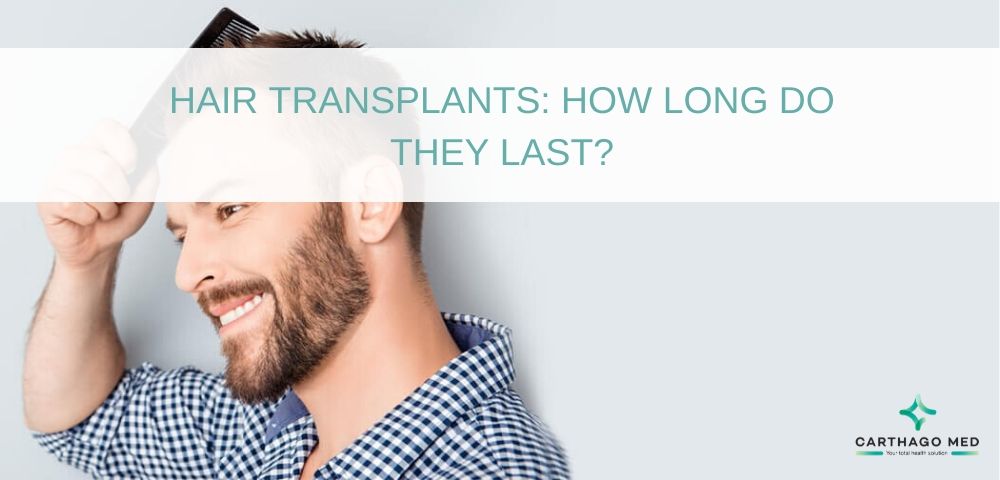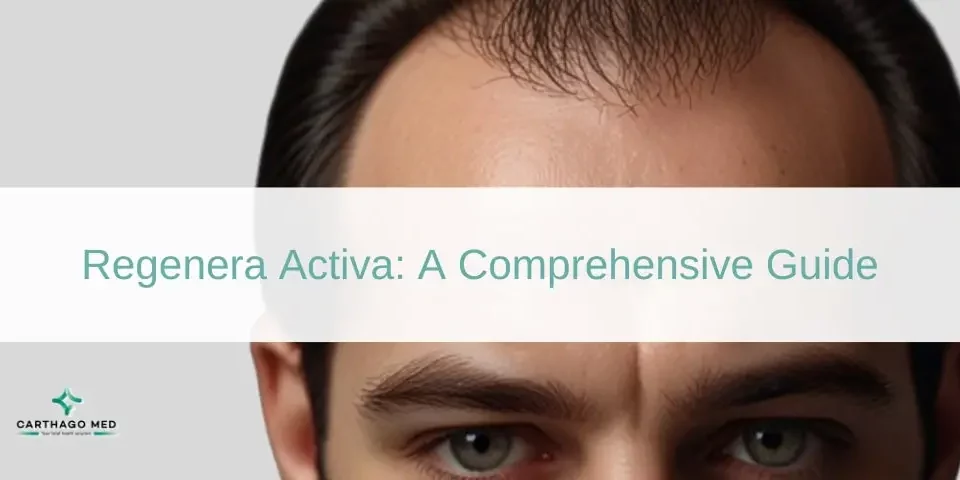
Hair transplants: how long do they last?
Hair transplant procedures have become a popular solution for individuals dealing with hair loss. Whether you're considering a hair transplant in the United Kingdom, Canada, or anywhere else, it's essential to understand how long the results of such a procedure can last. In this comprehensive guide, we'll delve into the expectations, recovery process, and factors that influence the longevity of hair transplants. Additionally, we'll explore the different types of hair transplant procedures and address the question of whether a hair transplant can truly last forever.
Post-Transplant: Factors That Affect Forever Hair
After a hair transplant, several factors influence the long-term success and quality of the results. First, the technique used for the transplant, whether it’s Follicular Unit Extraction (FUE) or Follicular Unit Transplantation (FUT), plays a crucial role in the outcome. The skill of the surgeon and the quality of the harvested grafts are also critical for optimal hair growth. Additionally, adherence to post-operative care instructions, such as proper washing, use of prescribed medications, and protection from trauma, affects the survival of the transplanted follicles. Individual factors, such as the patient's history of hair loss, the condition of the donor area, and genetic characteristics, can also impact the durability of the results. Regular follow-ups with the surgeon and proactive management of risk factors like stress and nutritional deficiencies are essential to maintain the health of the transplanted hair and ensure long-term growth.
Expectations and Recovery of Hair Transplant
After undergoing a hair transplant, it's natural to have expectations regarding the outcome. This section will explore what patients can expect in terms of recovery, growth, and the immediate post-operative period. We'll also discuss the role of surgeons, medications like Minoxidil (Rogaine), and the use of bandages, antibiotics, and anti-inflammatory drugs to ensure a smooth recovery process. Understanding the recovery timeline is crucial for anyone considering a hair transplant.
Hair Transplant Benefits of Mesotherapy
Mesotherapy, often used as a complementary treatment in hair restoration, offers several benefits when combined with hair transplant procedures. This technique involves the injection of a specialized blend of vitamins, minerals, and growth factors directly into the scalp, which can enhance the health of hair follicles and support the overall success of the transplant. The benefits of mesotherapy include improved blood circulation to the scalp, which can promote better hair growth and strengthen the transplanted follicles. It can also help in reducing inflammation and providing essential nutrients that support the healing process post-surgery. Additionally, mesotherapy may aid in minimizing the risk of hair thinning in non-transplanted areas by stimulating dormant follicles and improving scalp health. Integrating mesotherapy into a comprehensive hair restoration plan can enhance the effectiveness of the transplant and contribute to more satisfactory, long-term results.
How Long Does a Hair Transplant Last? Explanation
The core of our discussion revolves around the primary question: How long does a hair transplant truly last? In this section, we will provide a detailed explanation of the factors that influence the longevity of hair transplants. We'll examine why hair transplants are considered a permanent solution to hair loss and explore the role of genetic factors and hair characteristics. By the end of this section, readers will have a clear understanding of what contributes to the lasting results of a hair transplant.
Factors That Decide How Long Hair Transplant Lasts
While the permanence of hair transplants is generally accepted, several factors can affect the longevity of the results. We'll investigate the importance of choosing the right clinic and surgeon, the impact of ongoing hair loss, and the capacity of the donor area. Understanding these factors is crucial for individuals considering a hair transplant, as it can help set realistic expectations and ensure they make informed decisions.
Duration of FUE or FUT Procedure
The type of hair transplant procedure, whether Follicular Unit Extraction (FUE) or Follicular Unit Transplantation (FUT), can also impact the overall experience. This section will discuss the duration of these procedures, shedding light on how long patients can expect to spend in surgery. We'll also explore how the extent of the procedure may vary depending on individual needs and goals.
Will a Hair Transplant Last Forever?
Addressing the question of whether a hair transplant will truly last forever is essential for managing expectations. In this section, we'll delve into the characteristics of transplanted hair, the potential for continued hair loss outside the transplant area, and the role of environmental and genetic factors. By the end of this section, readers will have a comprehensive understanding of the long-term prospects of a hair transplant.
Multiple Hair Transplants
For some individuals, a single hair transplant may not achieve the desired level of hair density. This subsection will explore the possibility of undergoing multiple hair transplants to enhance results. We'll discuss scenarios where additional procedures may be necessary and provide insights into the challenges of managing ongoing hair loss while maintaining the transplanted hair.
Will I Need More Than One Hair Transplant?
Whether you will need more than one hair transplant depends on various factors, including the extent of your hair loss, your individual hair growth pattern, and the goals of your treatment. Many patients achieve satisfactory results with a single transplant, especially if the hair loss is localized or in the early stages. However, for those with extensive hair loss or progressive thinning, additional sessions may be necessary to achieve a fuller, more natural-looking head of hair. Factors such as the density of the donor hair, the area that needs coverage, and how well your hair grows after the initial transplant also influence the need for subsequent procedures. A consultation with a skilled hair restoration specialist can help determine if additional transplants are needed and create a personalized plan to address your hair restoration goals effectively.
Is Hair Transplant Permanent?
Concluding our exploration of hair transplants, we'll summarize the key takeaways regarding the permanence of these procedures. We'll address common misconceptions and provide clarity on what patients can reasonably expect in terms of permanent hair restoration. By the end of this article, readers will be well-informed about the intricacies of hair transplants and their long-term effects.









